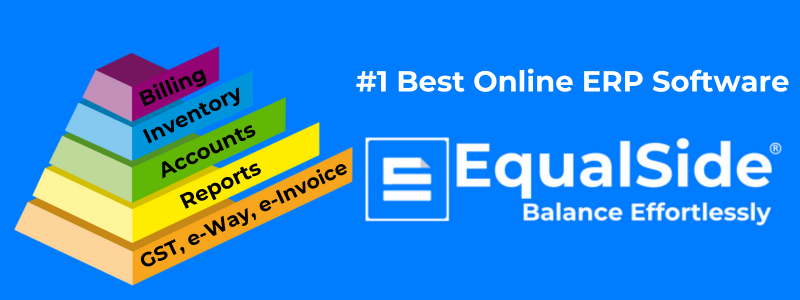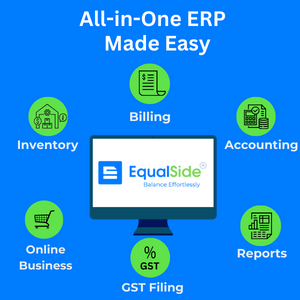Introduction:
In the dynamic world of business, growth is the lifeblood of success. But how do you ensure your company isn't just surviving, but thriving? Enter the business growth plan, a roadmap that outlines your strategic vision for expansion and equips you with the tools to navigate the journey.
Breaking Down the Basics:
Here's why a well-defined growth plan is crucial:
Clarity and Direction: It provides a clear picture of your goals, allowing you to make informed decisions and allocate resources effectively.
Enhanced Focus: By prioritizing initiatives, you can ensure your team is working towards a unified objective, fostering focus and alignment.
Improved Resource Management: The plan helps you identify resource needs, whether financial, human capital, or technological, leading to efficient allocation.
Risk Mitigation: Anticipating potential roadblocks allows you to develop strategies to overcome them, minimizing risk and ensuring smooth growth.
Investor Confidence: A well-structured growth plan can inspire confidence in potential investors, making it easier to secure funding for your expansion endeavors.
Building Your Growth Blueprint: A Step-by-Step Guide:
Now, let's delve into the steps involved in crafting a compelling business growth plan:
Self-Assessment: Start by taking stock of your current position. Analyze your strengths, weaknesses, opportunities, and threats (SWOT analysis) to gain a comprehensive understanding of your business landscape.
Goal Setting: Define your growth aspirations. What do you want to achieve? Set SMART goals (Specific, Measurable, Achievable, Relevant, and Time-Bound) to ensure they are well-defined and trackable.
Market Research: Dive deep into your target market. Understand their needs, preferences, and buying behavior. Analyze your competitors and identify potential market gaps where your business can excel.
Crafting Your Growth Strategy: Based on your market research and goals, develop a clear strategy to achieve your expansion aspirations. This could involve new product lines, market expansion, strategic partnerships, or a combination of these approaches.
Financial Projections: Create realistic financial projections that map out the costs and potential returns associated with your growth strategy. This helps you secure funding and ensure financial viability.
Action Plan and Implementation: Break down your strategy into actionable steps with timelines and assigned responsibilities. This ensures smooth execution and facilitates monitoring progress.
Monitoring and Adapting: The business landscape is dynamic. Regularly monitor your progress, analyze results, and be prepared to adapt your plan as needed.
Conclusion:
Take control of your business growth with EqualSide®, the all-in-one ERP for billing, inventory, and accounting. Automate financial tasks and gain real-time insights, so you can focus on what matters most – scaling your business to new heights.
Remember: A growth plan is a living document. Regularly revisit and revise it to ensure it remains aligned with your evolving business goals and market dynamics.







